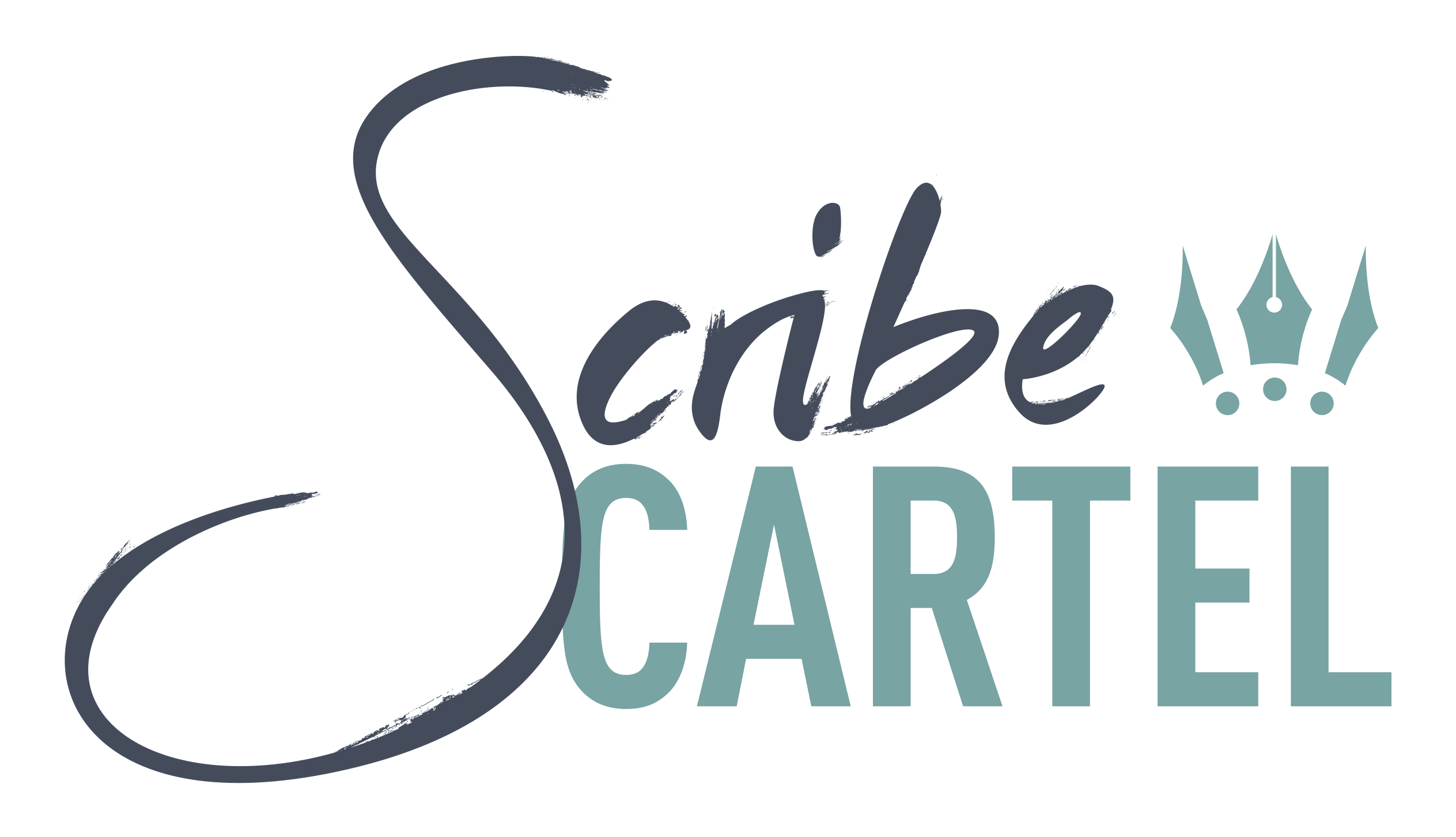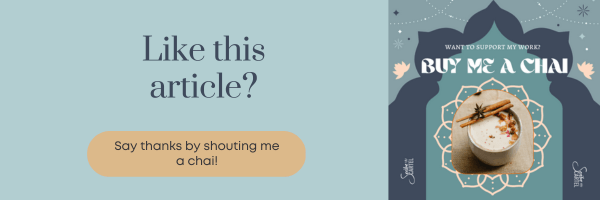Ayurveda is a 5,000-year-old system of medicine that originated in India and is a powerful and practical modality for health, healing and transformation.
I interviewed Perth-based Ayurveda practitioner Peta Crogan of Zanti Ayurveda, who during our conversation, shared the story that led her to study Ayurveda medicine, fascinating insights about this ancient system of medicine, her own experiences using it to heal and how it can work for you.
What initially drew you to Ayurvedic medicine as a holistic health practice, and how has it impacted your life?
I discovered Ayurveda in 2011 after working in medical research, with a focus on oncobiolgy, an arm of pathology. Unfortunately, exposure to dangerous chemicals in my work environment made me question my cancer and medical research path. A couple of years later I found a wonderful job as an embryologist in an assisted reproductive facility, where I learned more about the effects of everyday products on our bodies. Everything was super clean, and no chemicals were permitted in the lab. We had to use unscented and low-tox body care products, deodorant, shampoo – everything. Then we’d change into pre-rinsed hospital scrubs for work. It made me realise the importance of clean and pure ingredients. If these toxins can kill sperm and eggs, what effect do they have on us?
A few years later, I delved into Naturopathy but rested my studies while I had my children. When I returned to my studies, I discovered Ayurveda, realising it encompassed everything I loved, from science to more mystical aspects.
Personally, Ayurveda medicine saved my life. After gallbladder removal in 2011, whooping cough in 2013 and then a mystery illness in 2014 that saw me weak, in pain and fainting, applying Ayurvedic principles healed my digestion and immunity. Without it, I might not be as healthy or even here today.
How do Ayurvedic principles and practices remain relevant today despite being an ancient system of medicine?
In our disconnected world, Ayurveda’s principles are crucial. We’re detached from our bodies and nature, not recognising how food or stressors affect us days later. Ayurveda helps us understand this connection, guiding us to align with our body’s rhythms and nature’s cycles.
For instance, eating earlier in the day for better digestion and sleep. This simple principle takes into account circadian rhythm, our optimal digestion time, improves our digestion and improves our mornings.
Can you explain the doshas – vata, pitta, and kapha?
The Doshas address individual constitution, emotions, and balance. Ayurveda’s wisdom in recognising these aspects, even thousands of years ago, remains profoundly relevant.
It’s important to note that each individual always carries all three doshas—vata, pitta, and kapha—within them.
While we might encounter quizzes or charts categorising people into different doshic types, remember that these are dominances, not rigid compartments. Instead, they are dynamic energies that can change throughout the day, with the seasons, and across the stages of our lives. So, before delving into the specifics of doshas, it’s essential to keep this fluid nature in mind.
When we talk about vata, pitta, and kapha, we refer to a categorisation system that provides insights into our tendencies and behaviours. Recognising these tendencies helps us identify when we’re veering off balance and enables us to make informed adjustments.
Understanding the doshas allows us to cultivate compassion for self and others, , as we appreciate our funny tendencies and forgive others their imbalances too.
I could go on about the doshas all day!
I’ll finish by saying that understanding your doshic constitution empowers you to work with your strengths to harmonise your body and mind, promoting holistic well-being. Recognising the dynamic interplay of vata, pitta, and kapha within yourself and others fosters a compassionate understanding of the ever-changing human experience.
How does Ayurveda approach the mind-body connection and achieve balance?
Ayurveda recognises the individual as an entire being – a soul living in a human body. We recognise that your constitution, diet, environment, your work, your family situation, community, seasons and location all affect your wellness. Of course not all of those aspects can be changed, but by learning about yourself, such as with dosha, and how you respond to your environment, you can learn to harness your natural tendencies and support your weaknesses through challenges.
One thing that is very true in our modern lifestyle is that stress is a huge factor. It affects everything from how our body distributes energy stores to different areas to our digestion and even our ability to think clearly. Ayurveda medicine has many beautiful practises like meditation, watching the sunrise, self-massage, breathing practises, diet, herbs and of course, our beautiful dinacharya (daily practises) to help support positive mental health.

How does Ayurveda diet and nutrition differ from other approaches, and what guidelines do you recommend?
Ayurvedic nutrition doesn’t calorie count. It focuses on optimal gut health and digestion, and seasonal eating, which aligns with our body’s needs. For instance, in summer, watery and cooling foods like mint and coriander are recommended as they cool excess pitta in the body. In winter, we recommend heavier root vegetables to settle vata, which increases in winter. Ayurveda emphasises optimal digestion, enabling each cell’s ability to transmit information.
While Ayurveda considers the doshas, it also examines the tongue and pulse, thoroughly examining your current complaints, bodily function, stressors, environment and even the season and where you live. Then I offer personalised guidelines based on this thorough assessment.
What are some simple ways people can incorporate Ayurveda into their daily life?
I’ll use examples of things you likely have at home already.
Hands up if you have cinnamon in your pantry; everyone does! It’s a great winter spice that can be used for both taste and medicinal purposes. To make cinnamon tea, simply take a cinnamon stick about twice the length of your fingernail or finger joint and add it to a cup of boiling water. Cinnamon tea can help improve blood flow, especially to the extremities. It can also help with digestion and boost immunity. You can also use cinnamon powder if you don’t have cinnamon sticks. However, I find that cinnamon sticks make it easier to make tea because they don’t get dirty.
Another great pantry staple is turmeric, a powerful anti-inflammatory that has been shown to be as effective as over-the-counter medications. It can also help support the liver, heal the skin, and relieve pain. You can use fresh or powdered, but I prefer fresh turmeric because it tastes better and has more health benefits.
And the timeless classic, a squeeze of lemon juice in your water first thing in the morning. Room or tepid temperature water is always beneficial to the body. Adding lemon to your morning water is a great way to kickstart your body’s natural detoxification processes. It wakes up the visceral body and stimulates bowel peristalsis.
Could you explain Panchakarmas and how it supports the body’s detoxification and rejuvenation process?
Panchakarma, or the “five levels of cleanse,” is a profound detoxification process. It involves using oils, ghee, adjusted diets, and specialised treatments to dissolve and eliminate toxins. The cleansing includes techniques like vomiting or clearing via the bowel, depending on the individual’s constitution.
Panchakarma also involves careful rebalancing and rejuvenation to prevent overwhelming the body. Adequate preparation, rest, and oleation are essential for the process’s success and benefits. Panchakarma is an intense therapy. It should only be done under close supervision by a certified Ayurveda practitioner.
How do you see the integration of Ayurveda with conventional healthcare, and how can they complement each other?
Conventional medicine excels in emergency care. Things like broken bones, poisoning, and heart attack that’s your port of call. In contrast, natural health practices focus on preventative care and living optimally. Ayurveda medicine and other methods can complement traditional treatment by supporting disease recovery through diet, lifestyle adjustments, and mental well-being. Regulatory requirements sometimes limit these practices’ potential. A more harmonious integration of both approaches could offer a more holistic and effective healthcare system, possibly reducing the growing rates of chronic disease.
What are your thoughts on legislative changes impacting natural medicines in countries like Canada and New Zealand?
I’ve seen changes affecting natural health practices in Australia over the years. The TGA’s crackdown on imports during recent years has made accessing Ayurvedic medicines more difficult. Similarly, health funds have cut coverage for naturopathy, affecting accessibility. Ayurveda and Traditional Chinese Medicine (TCM) are covered however you do have to probe your private health insurer sometimes – so please ask them. While regulatory changes aim to prevent unqualified practitioners, they burden genuine practitioners and have hindered access to holistic care. The situation calls for a balance between regulation and maintaining people’s access to beneficial natural health options.
Peta is available at a few locations in Perth. To book and find out more about all that she offers, head to her website. Zanti Ayurveda is transitioning to a Membership Model to provide greater support for her growing community than the traditional 1:1 model allows. You’re invited to consider joining Club Zanti – it’s a lot of fun! Book a value-packed discovery call to learn more.
Want to write like this?
Interested in writing thoughtful, informative blogs over short social media content that will get people to your website to book you, but you aren’t sure where to start? Download The Blogging Breakthrough: A guide for holistic health practitioners to brainstorm, research, structure, and write standout blogs as core content.



